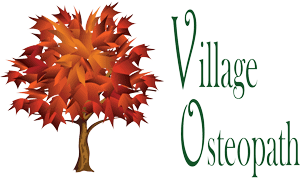What is a D.O?
To become an osteopathic physician (D.O.), an individual must be a graduate of one of the nation’s osteopathic medical schools. Applicants to osteopathic medical schools have completed a four-year undergraduate degree, have completed specific science courses, and taken the Medical College Admissions Test (MCAT) just as applicants to allopathic (M.D.) medical schools.
The osteopathic curriculum involves four years of academic study. The curriculum emphasizes preventative medicine and comprehensive patient care, reflecting the osteopathic philosophy.
After completing the four-year training program, D.O.s serve a one-year rotating internship, gaining hands-on experience in internal medicine, obstetrics/gynecology, family practice, and pediatrics. This experience ensures that osteopathic physicians are first trained as primary care physicians. The internship provides every D.O. with the perspective to see and treat every patient as a whole person.
Most D.O.s will continue their graduate medical education with a residency consisting of two to six years of additional training. Residencies are available in the primary care disciplines: family practice, internal medicine, obstetrics and gynecology, pediatrics, as well as other specialties such as neuromusculoskeletal medicine, surgery, radiology, psychiatry and sports medicine.
All physicians (both D.O.s and M.D.s) must pass a state medical board examination in order to obtain a license and enter practice.
Osteopathic Medicine
Doctors of osteopathic medicine are trained in a comprehensive approach to medical care. They understand how all the body’s systems are interconnected and how each one affects the others. They focus special attention on the musculoskeletal system, which reflects and influences the condition of all other body systems.
This system of bones and muscles makes up about two-thirds of the body’s mass, and a routine part of the osteopathic patient examination is a careful evaluation of these important structures. D.O.s know that the body’s structure plays a critical role in its ability to function. They can use their eyes and hands to identify structural problems and to support the body’s natural tendency toward health and self-healing.
